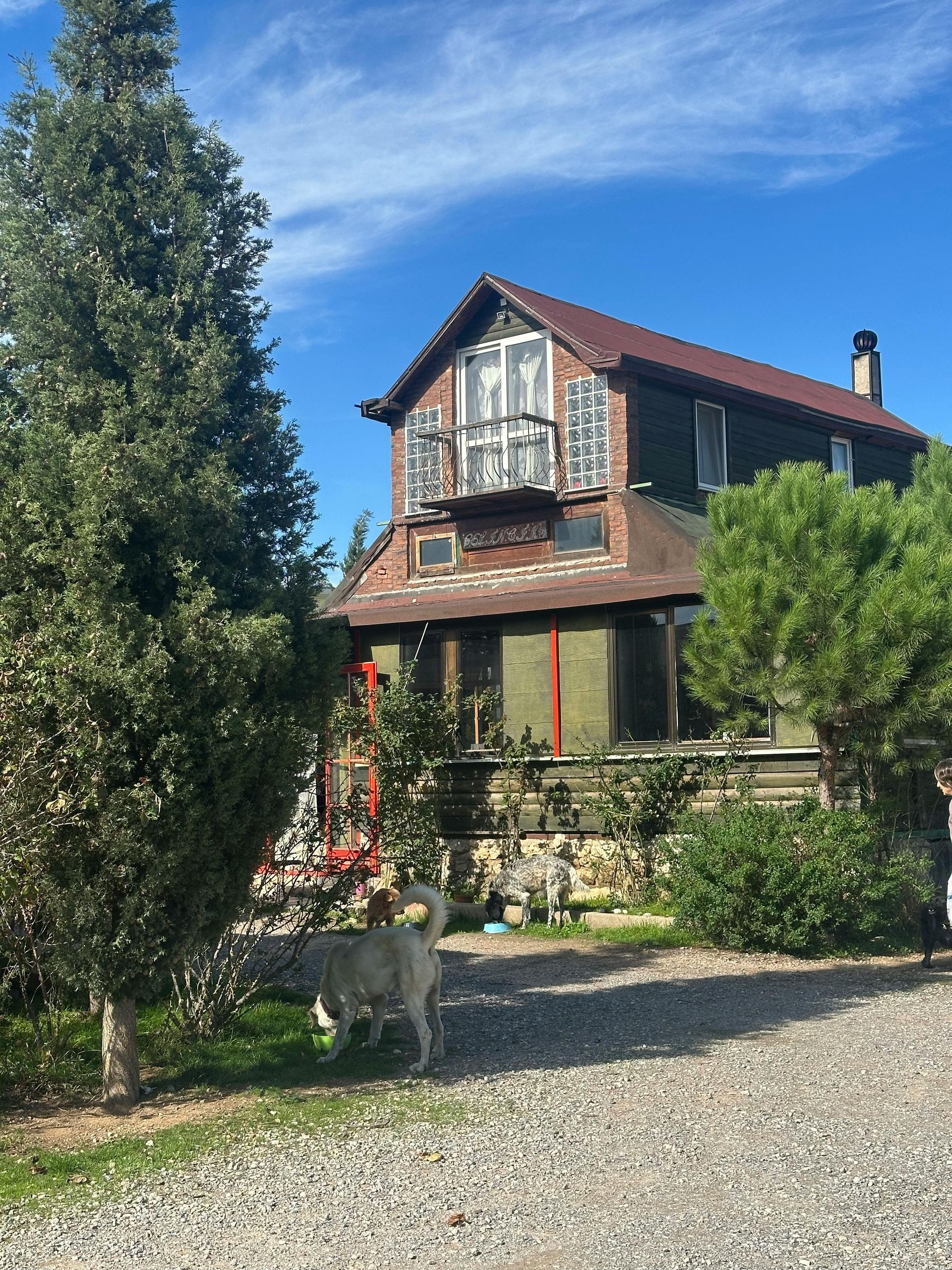In Vermont as in every state, the purpose of child support is to ensure that both parents are financially responsible for the well-being of their child or children, even if the parents are no longer in a relationship or marriage.
In most cases, child support is paid by the non-custodial parent to the custodial parent to help cover the costs of the child's basic needs, such as food, clothing, shelter, healthcare, education, and other expenses related to the child's care.
However, when parents share custody and each has roughly equal time with the child, the child support obligation may be reduced or eliminated depending on the specific circumstances of the case. In some cases, the parents may agree to share the costs of raising the child equally, without one parent paying child support to the other.
How Are Child Support Payments Calculated in Vermont?
In Vermont, child support is determined by a set of guidelines established by state law. These guidelines take into account several factors, including the income of both parents, the number of children involved, and the expenses associated with caring for the child, such as health insurance and childcare costs.
To determine the amount of child support that should be paid, both parents are required to provide information about their income and expenses. The court will then use this information to calculate the amount of child support that the non-custodial parent must pay.
If the non-custodial parent fails to pay the required child support, there are several enforcement measures that can be taken, including wage garnishment, seizure of tax refunds, and suspension of driver's licenses or other licenses.
Child support orders are not always permanent. Payments in Vermont can be modified if there is a significant change in circumstances, such as a change in income or custody arrangements. Either parent can request a modification of child support by filing a motion with the court.
What Can and Cannot be Paid for With Child Support?
Child support is intended to cover the expenses associated with raising a child. As such, it can be used to pay for a variety of things that contribute to a child's well-being. Generally speaking, child support can be used to cover basic needs such as food, shelter, clothing, and medical care. This may include:
- Housing costs, such as rent, mortgage payments, utilities, and home repairs;
- Food expenses, including groceries and eating out;
- Clothing and personal care items;
- Medical and dental care, including health insurance premiums and co-payments;
- Educational expenses, such as school supplies and tuition fees;
- Child care costs, including babysitters, daycare, and after-school care; and
- Transportation expenses, including car payments, gas, and public transportation.
In addition, child support may be used to cover extracurricular activities, such as sports, music lessons, and summer camp. However, it's important to note that the amount of child support awarded is typically based on the child's basic needs and may not fully cover the costs of all of these expenses.
Keep in mind that child support should be used solely for the benefit of the child. It should not be used to cover expenses unrelated to the child's needs, such as a parent's personal expenses or debts. In some cases, misuse of child support funds can result in legal consequences.
Overall, the goal of Vermont's child support system is to ensure that children receive the financial support they need to thrive, regardless of their parents' relationship status.
Contact a Middlebury Family Lawyer Today
If you have questions about child support payments, requirements, or enforcement, the skilled family lawyers at Deppman Law PLC can help. Our compassionate, knowledgeable team will assess your unique situation and help you determine the most appropriate strategy for moving forward. Contact us today for a confidential consultation about your case.

